How To Grow Mophead Hydrangeas For Summer Blooms That Make Your Garden Shine
Mophead hydrangeas are the quintessential shrub. Their beautiful blooms add whimsy and elegance to any garden. Here's everything you need to know to grow them.
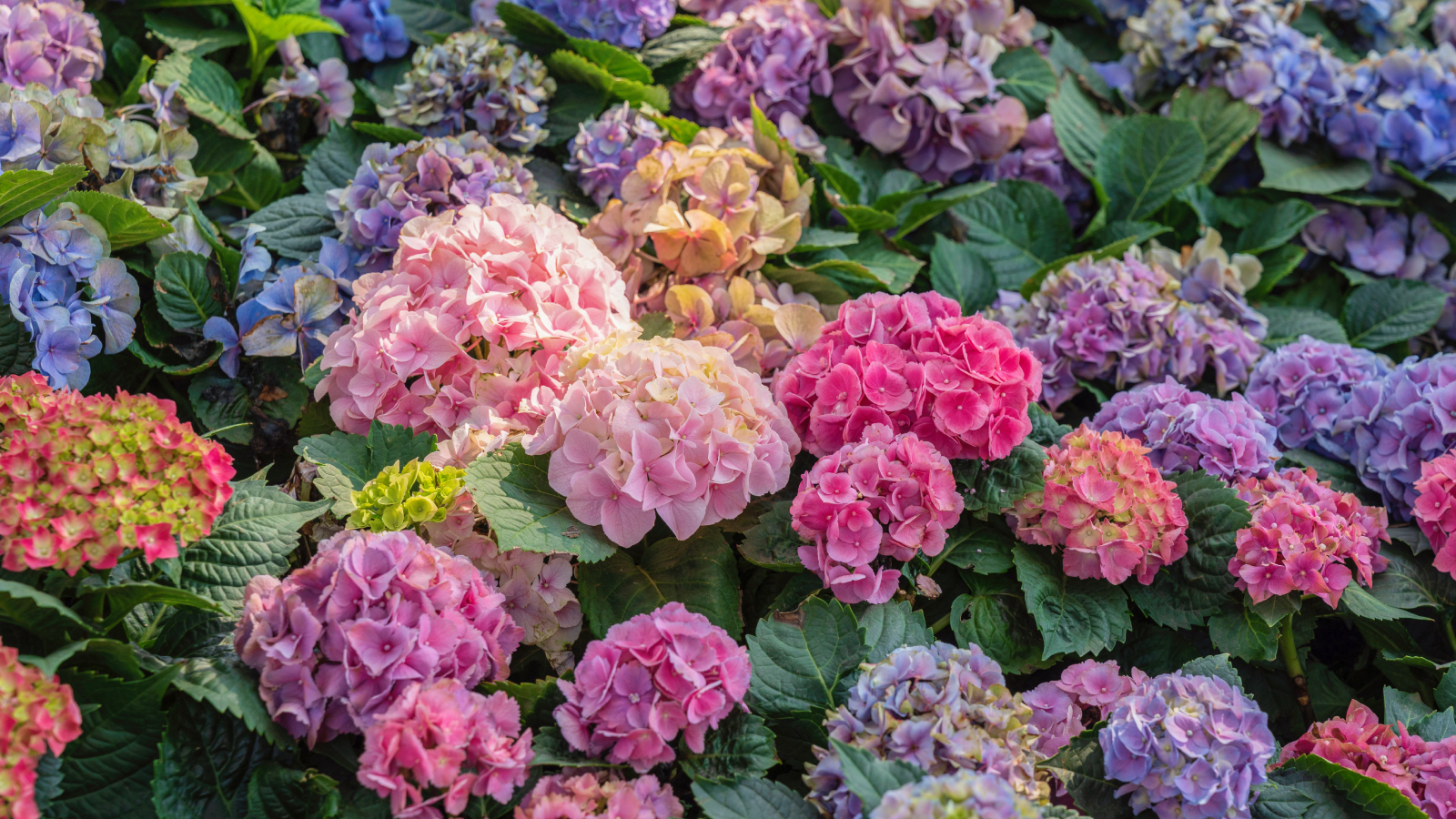

Laura Walters
Quick Facts
Botanical name: Hydrangea macrophylla
Height: 6 feet (2m)
Spread: 6 feet (2m)
Sun exposure: Part sun
Soil requirements: Well-draining
Hardiness zones: 6-9
When to plant: Spring or fall
Bloom time: Summer
Mophead hydrangeas (Hydrangea macrophylla) are one of the most popular types of garden shrubs and their unique beauty has inspired many common names.
You may know the mophead hydrangea by one of its other names: bigleaf hydrangea, French hydrangea, pom-pom hydrangea, or hortensia. But whatever you call them, mopheads are one of the most beautiful and beloved hydrangea varieties.
Mophead hydrangeas are easy-care, workhorse shrubs that offer exceptional ornamental value and growing them is simple as long as you follow a few basic guidelines. Below you’ll learn how to plant, grow, and keep your mophead hydrangeas healthy for many years of beautiful summer blooms.
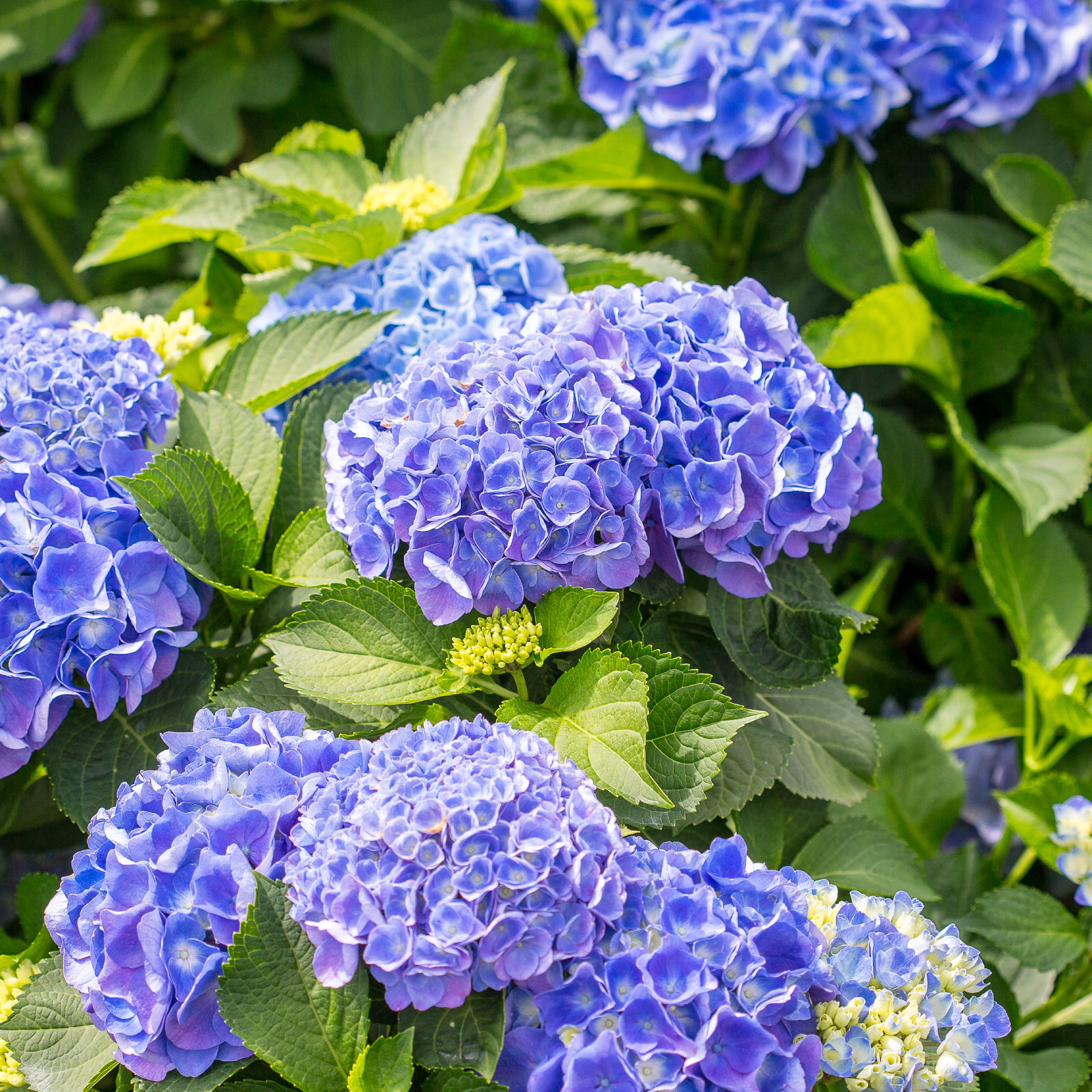
Explore an expert-curated collection of hydrangeas and find the perfect one for your yard in the Gardening Know How Shop!
What Is a Mophead Hydrangea?
Mophead hydrangeas are deciduous shrubs that have large heads of blossoms. They are classified as Hydrangea macrophylla, but this common variety comes in two distinct flower forms.
The first is the mophead form, which is the focus of this article. Mopheads produce big, rounded flower clusters that can be as big as a cabbage. The other type of Hydrangea macrophylla is the lacecap hydrangea. This variety produces flat disks of blossoms edged with larger, showier flowers.
Mopheads are also commonly called bigleaf hydrangeas because of their oversized leaves, which are sometimes as large as a dinner plate. Their leaves are bright green and provide the shrubs with a lush, round form.
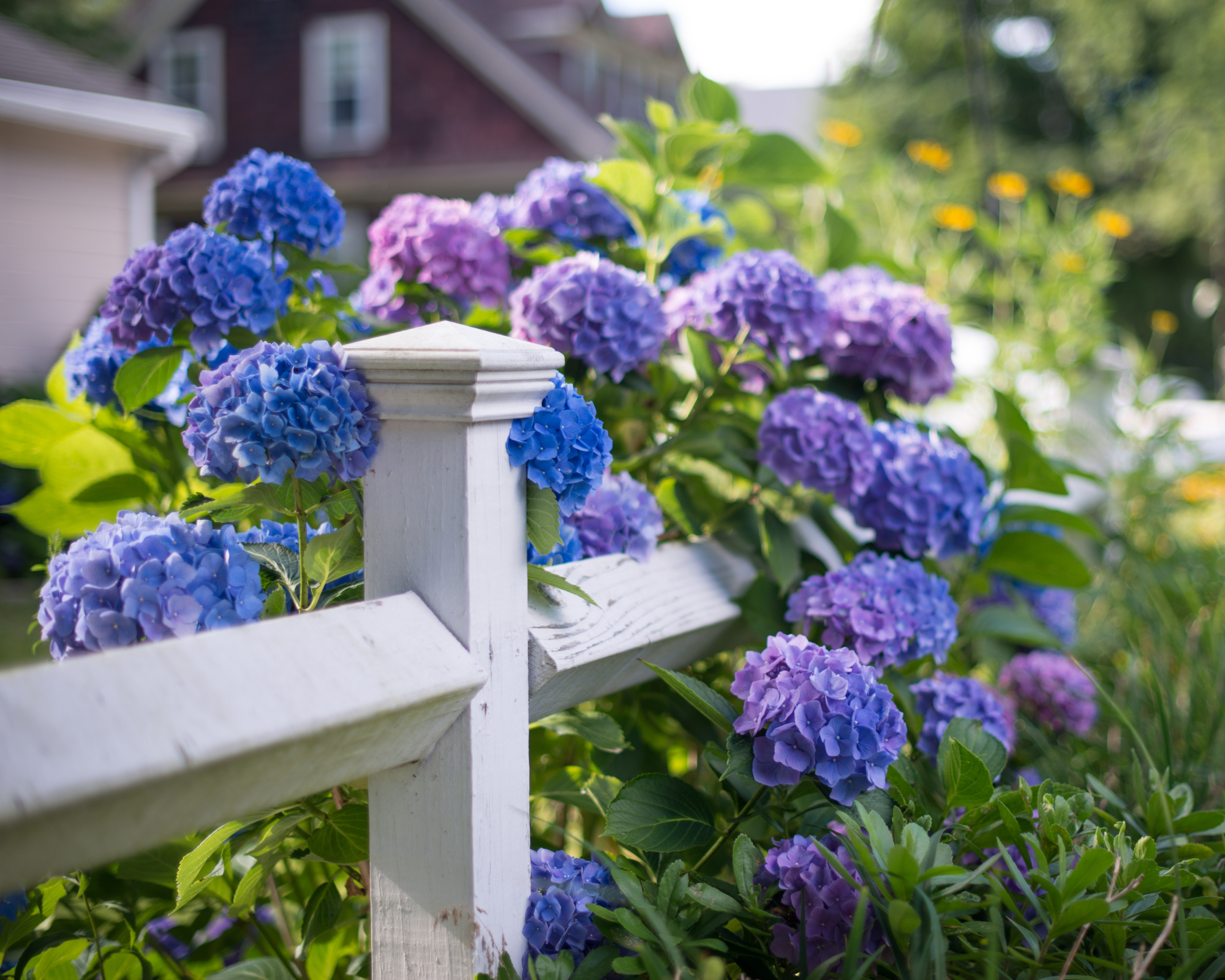
Mophead Hydrangea Care
Many gardeners love growing hydrangeas, especially mophead varieties, because they are showy, easy to care for, and bloom reliably every summer. Let’s dig into how to care for mophead hydrangeas in your garden.
Gardening tips, videos, info and more delivered right to your inbox!
Sign up for the Gardening Know How newsletter today and receive a free copy of our e-book "How to Grow Delicious Tomatoes".
Light
A mophead hydrangea shrub needs a site with some direct sun to thrive. They are happy with morning sun and afternoon shade in most areas, but can accept more sun in areas with consistently moist soil.
Another factor to consider when deciding where to plant your mophead hydrangea is your growing zone. In cooler zones, they do well in full sun. But in regions with hotter summers, select a site with some afternoon shade.
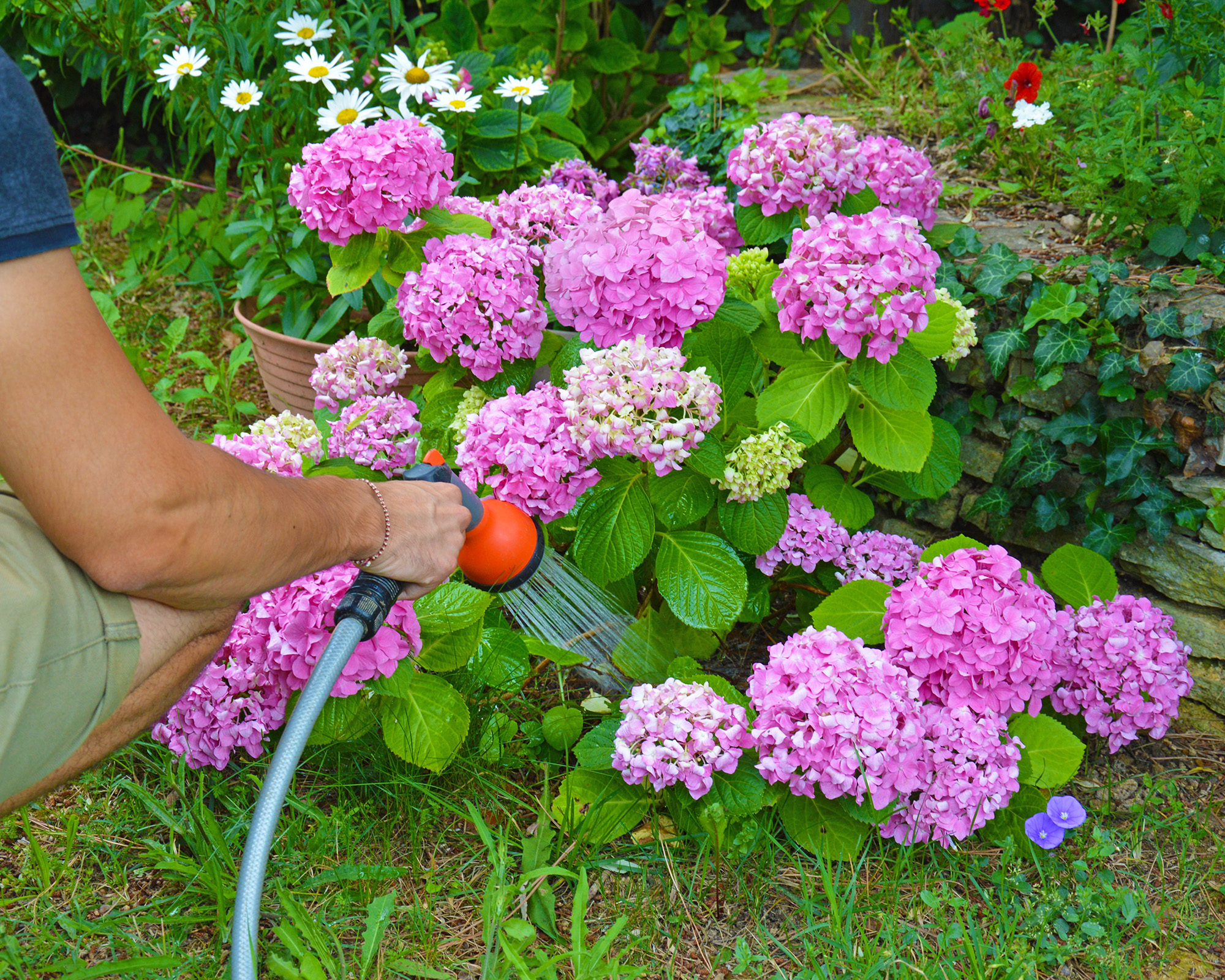
Water
When you first install your shrubs, water hydrangeas deeply once a week. After their root systems develop, their water needs decrease. In most cases, you only need to water during dry spells that last longer than a week. However, if you are growing mophead hydrangea in full sun, you may have to water more often. Once the summer heat passes, you can irrigate less frequently.
Temperature & Humidity
Mophead hydrangeas are hardy to USDA zone 6, though sometimes they may bloom in zone 5. Mophead hydrangeas will not flower as reliably in colder temperatures. This is one of the most common reasons for a hydrangea not blooming. Choose a hardier hydrangea variety like the smooth hydrangea for large, romantic blooms that can withstand a cold climate.
Mophead hydrangea shrubs do not require a humid atmosphere and, in fact, too much humidity can cause fungal diseases.
Soil
Plant these shrubs in rich, medium moisture, well-drained soils. If you are growing mophead hydrangeas, you probably know about the shrub’s “magic trick.” These hydrangeas can change color depending on soil pH. If you plant a mophead in acidic soil, it grows blue flowers. If you grow the same shrub in alkaline soil, it will grow pink flowers instead.
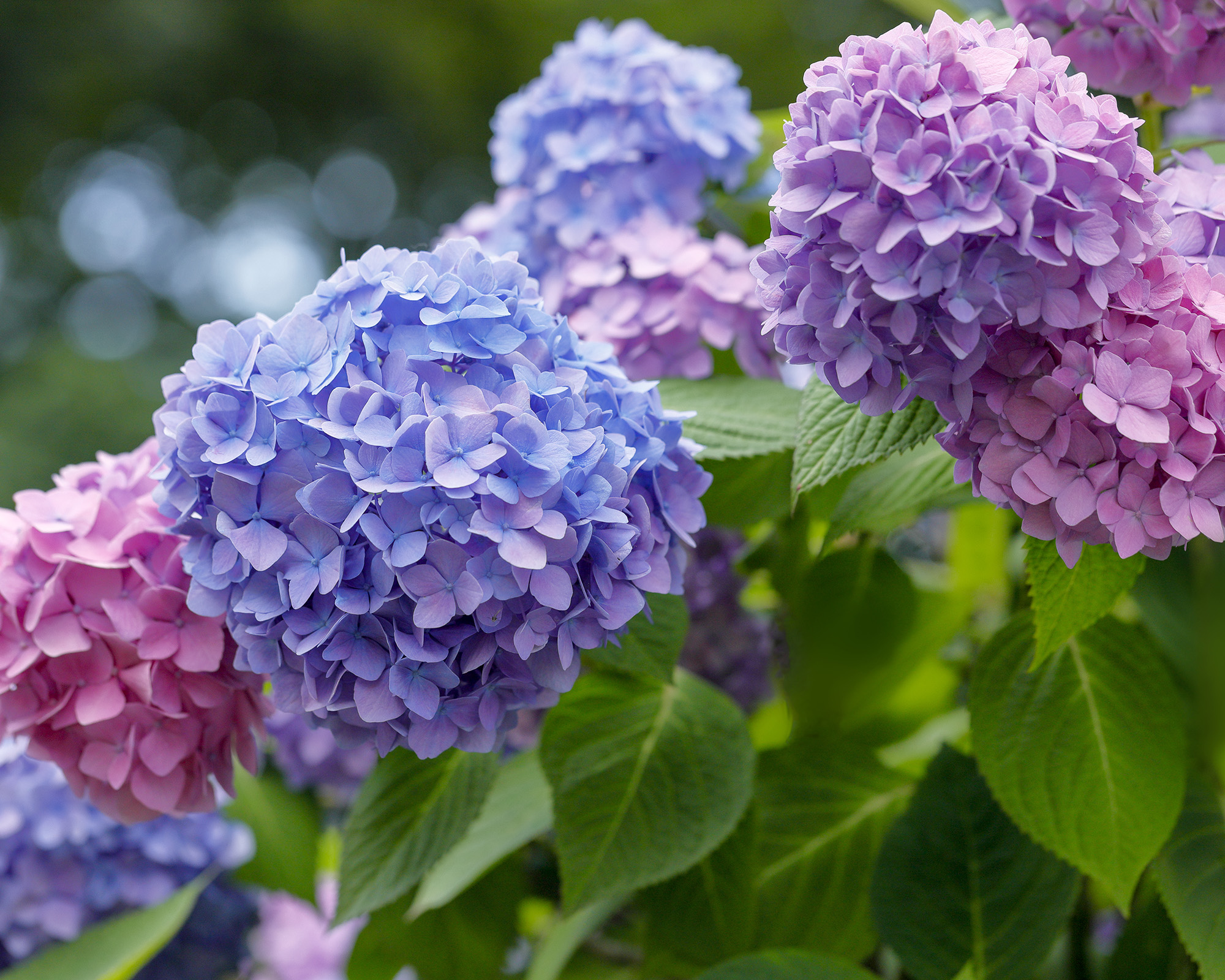
Fertilizer
Before fertilizing hydrangeas, take a soil test to see if your soil has any nutrient deficiencies. If it does, find the fertilizer that suits your N-P-K needs. Otherwise, mophead hydrangeas don’t require much feeding. Gently work compost into the soil around shrubs in spring to give them a boost.
If you want to change the color of your hydrangea, there are fertilizers that can help raise or lower pH depending on your desired bloom color.
Problems, Pests & Diseases
Hydrangeas are not typically troubled by diseases or insect pests. However, some are attacked by Botrytis leaf and flower blight, Cercospora leaf spot, Phytophthora root rot, and powdery mildew. Water at the base of the plant and don’t plant shrubs too close together to avoid fungal diseases.
Pruning
Mopheads do not need to be pruned to create a strong branch structure. If you wish to prune hydrangeas to shape or reduce the size of the shrubs, do so immediately after flowering. Don’t prune in winter or spring because mophead hydrangeas bloom on old wood.
Mophead hydrangeas grow quite rapidly and make excellent hedges. Space plants a bit closer together than you normally would and lightly prune them to make a hydrangea hedge for a beautiful blooming border.
Propagation
Mophead hydrangeas are among the easiest plants to root via cuttings. To propagate hydrangeas, place softwood stem cuttings in water or soil and wait for them to root.
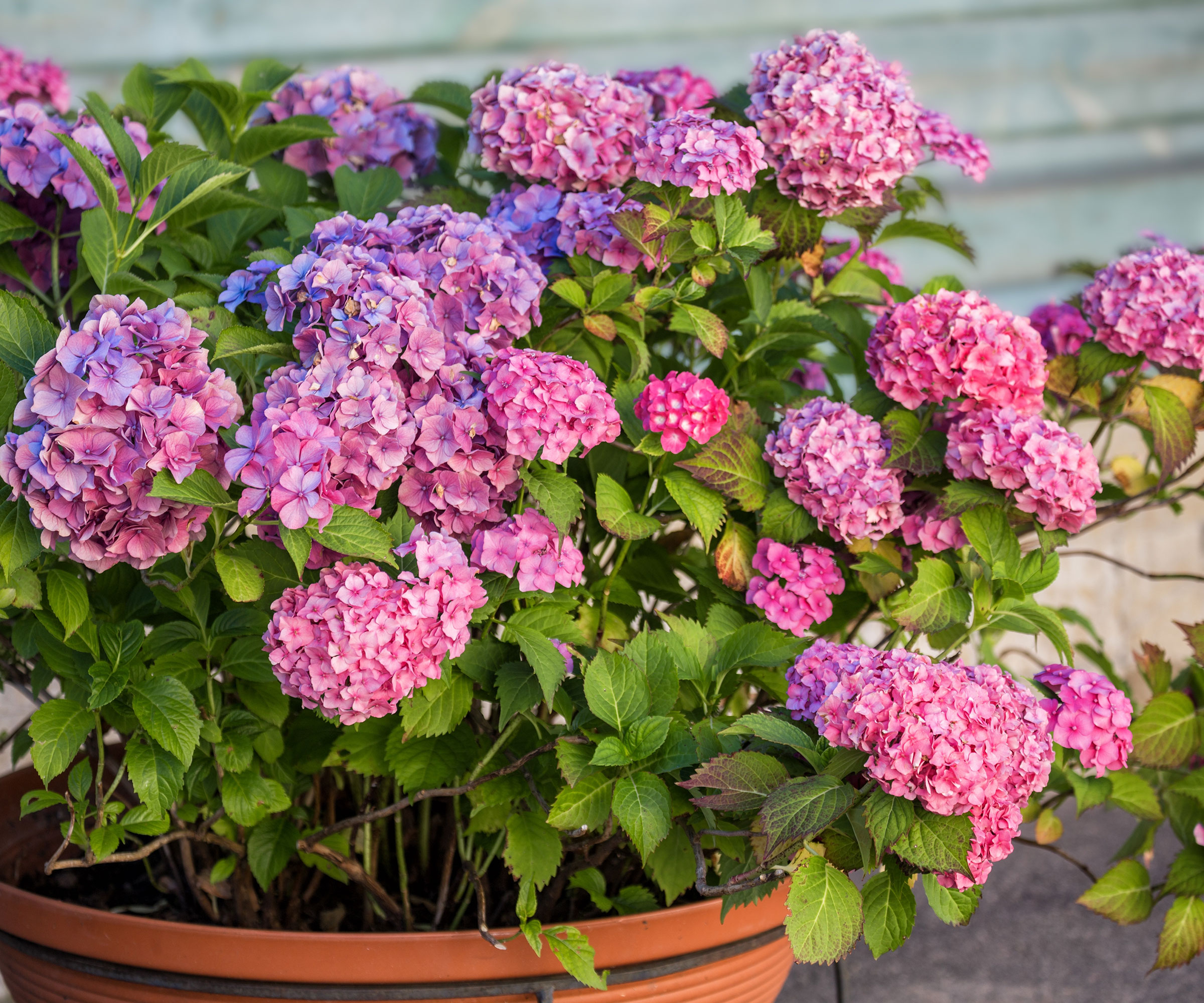
Repotting
If you are growing a hydrangea in a container, you will need to repot when the shrub outgrows the container. One sign that repotting is necessary is when you see roots growing out of the drain holes. You can also remove the rootball from the container to see whether the plant is getting rootbound.
Overwintering
You should be able to grow mophead hydrangeas outdoors down to USDA zone 6 without added winter protection.
However, during an especially cold season or if you live in zone 5, protect hydrangeas in winter by bringing container shrubs into the garage or shed. With landscape shrubs, wrap them in burlap, or use a circle of chicken wire filled with dry leaves or straw to keep your shrub safe.
Mophead Hydrangea Varieties
Many varieties of mopheads are available in commerce. Here are a few to try:
- 'Mariesii Variegata' aka 'Variegata' A popular type of mophead hydrangea, this cultivar offers variegated leaves. Its dark green leaves are edged in white. It’s best for warmer zones, since it sometimes fails to bloom in colder zones.
- 'Nikko Blue' The number one blue-flowered mophead form, this cultivar stays relatively short at 4 feet (1.3m).
- 'Golden Sunlight' The new kid on the block, this cultivar is unique for its golden leaves that mature to green. Flowers are pink and the shrub stays short at 3 feet (1m).
- 'Madame Emile Mouillere' Here is a mophead with pure white flowers. They get hints of blue or pink coloration as they mature.
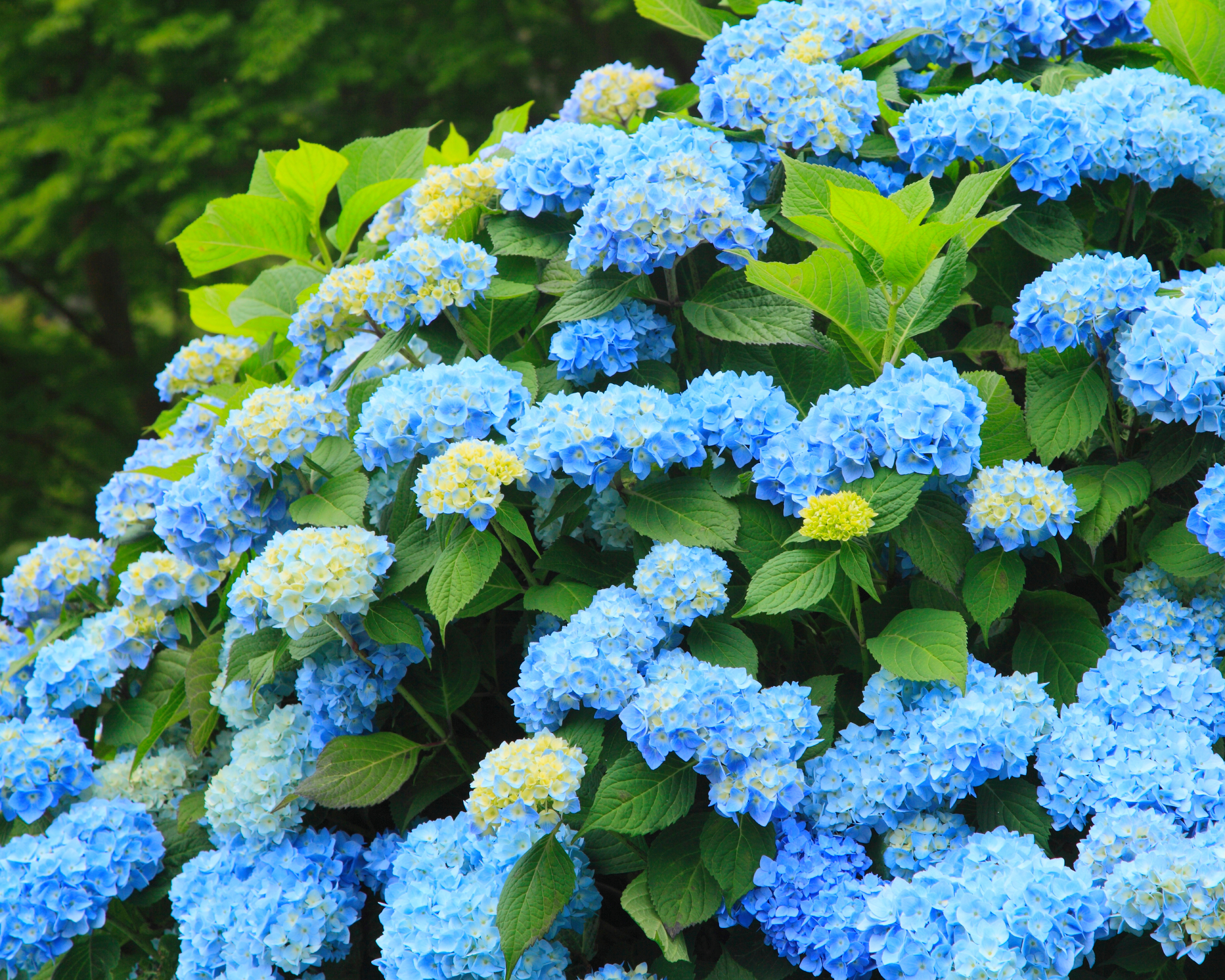
Frequently Asked Questions
Is a mophead hydrangea the same as a bigleaf hydrangea?
Yes, but it’s a little complicated. The common name for the Hydrangea macrophylla shrub is bigleaf, given the large size of the foliage. However, two distinct varieties of bigleaf exist: mophead, with its large globes of showy blooms, and lacecap, which has flat disks of flowers ringed with lacy petals.
Do mophead hydrangeas change color?
Most varieties of mopheads change color as the pH levels in the soil change. The color ranges from blue, in highly acidic soils, through violet, in neutral pH soils, to pink in alkaline soils.
Are mophead hydrangeas easy-care?
These can be extremely easy maintenance plants if you locate them in the right growing zone in a spot with dappled sunshine or morning sun and afternoon shade. Provide them with the proper care and they will give you years of gorgeous blooms.
This article features products available from third party vendors on the Gardening Know How Shop. Keep in mind that our plant inventory is limited—so if you’re thinking of purchasing, don’t wait!

Teo Spengler is a master gardener and a docent at the San Francisco Botanical Garden, where she hosts public tours. She has studied horticulture and written about nature, trees, plants, and gardening for more than two decades. Her extended family includes some 30 houseplants and hundreds of outdoor plants, including 250 trees, which are her main passion. Spengler currently splits her life between San Francisco and the French Basque Country, though she was raised in Alaska, giving her experience of gardening in a range of climates.
- Laura WaltersContent Editor
-
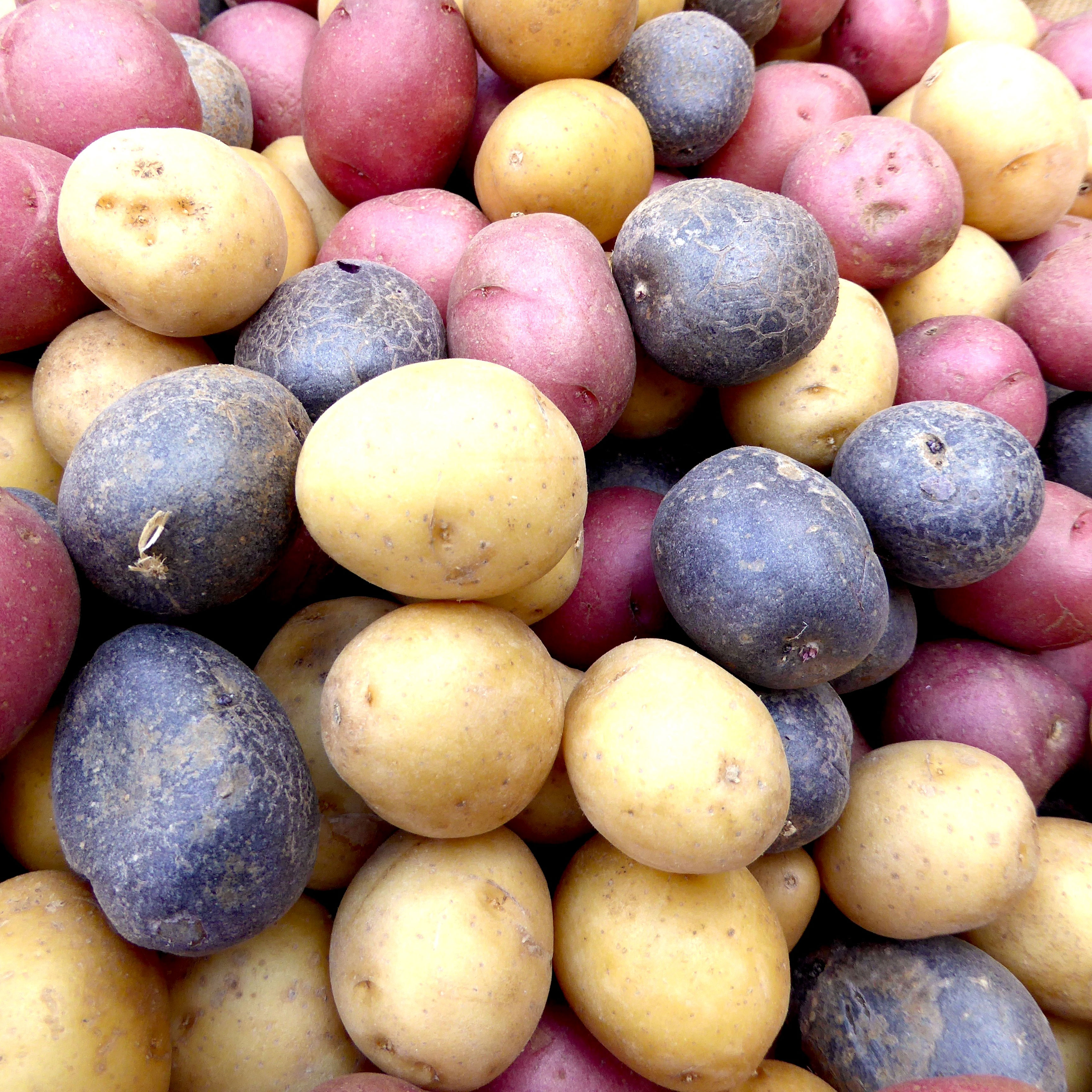 Tuck Into Tasty Homegrown Heritage Spud Varieties: 7 Of The Best Heirloom Potatoes
Tuck Into Tasty Homegrown Heritage Spud Varieties: 7 Of The Best Heirloom PotatoesDo you love your potatoes but fancy a little unique flavor? If you’re interested in taters with a heritage twist, here are some of the best heirloom potatoes to try
-
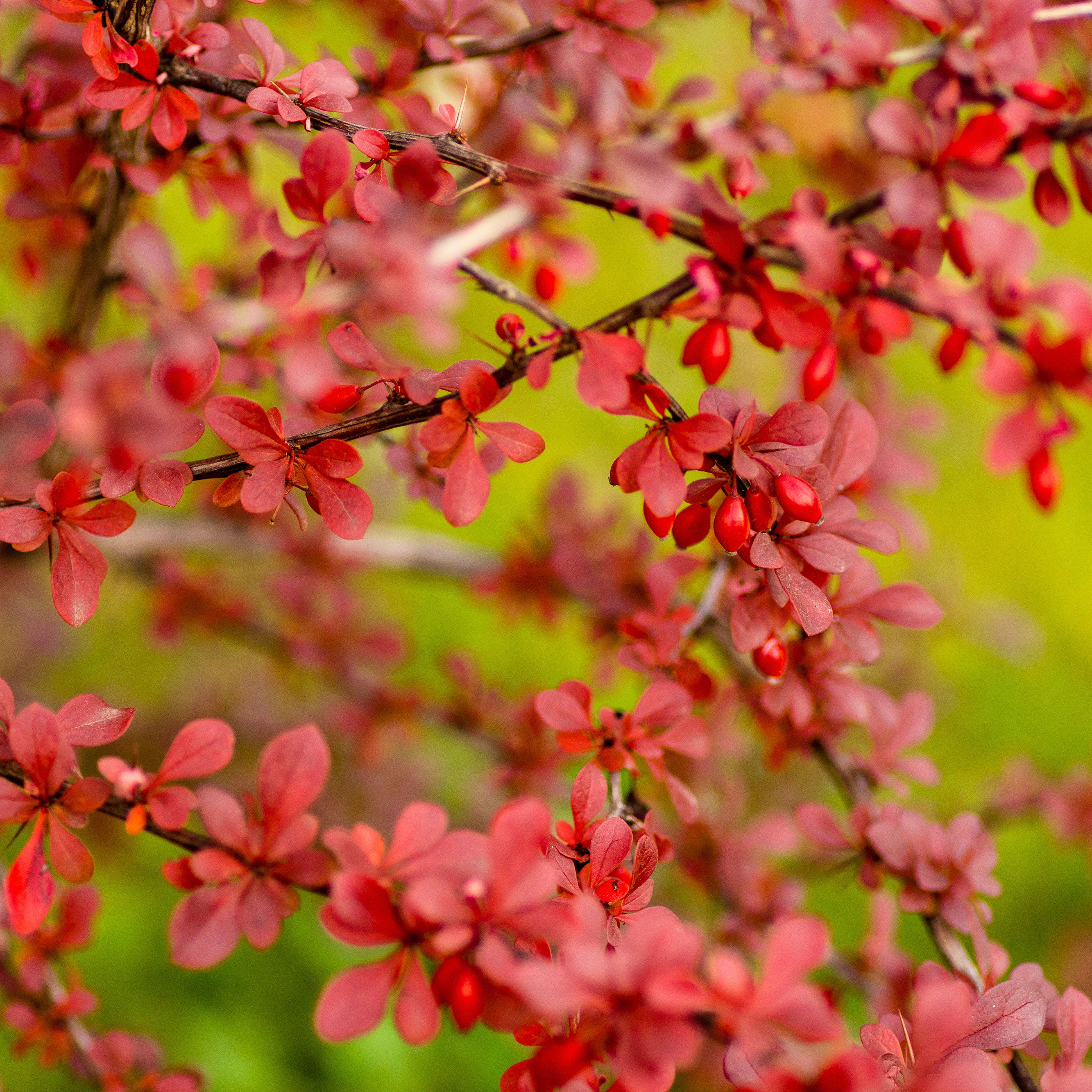 Which Invasive Shrubs Should You Avoid Growing? Plus, Best Natives To Plant Instead
Which Invasive Shrubs Should You Avoid Growing? Plus, Best Natives To Plant InsteadCertain plants may look lovely but they can wreak havoc to local areas and native wildlife. Here are the key invasive shrubs to avoid – with recommendations on gorgeous native alternatives to try